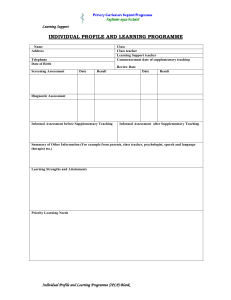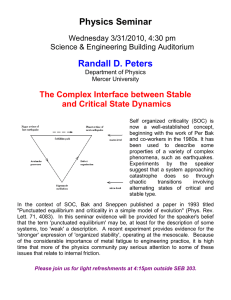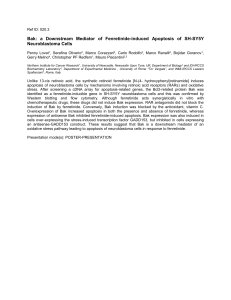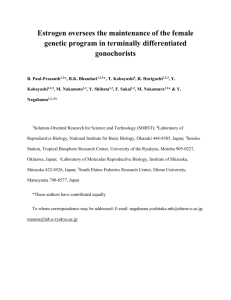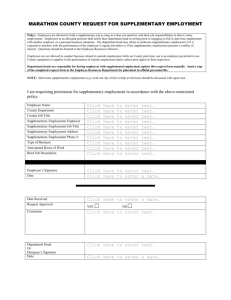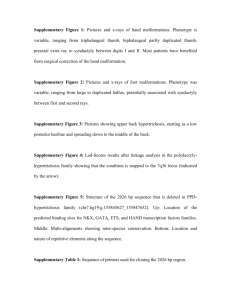Supplementary Information (doc 35K)
advertisement
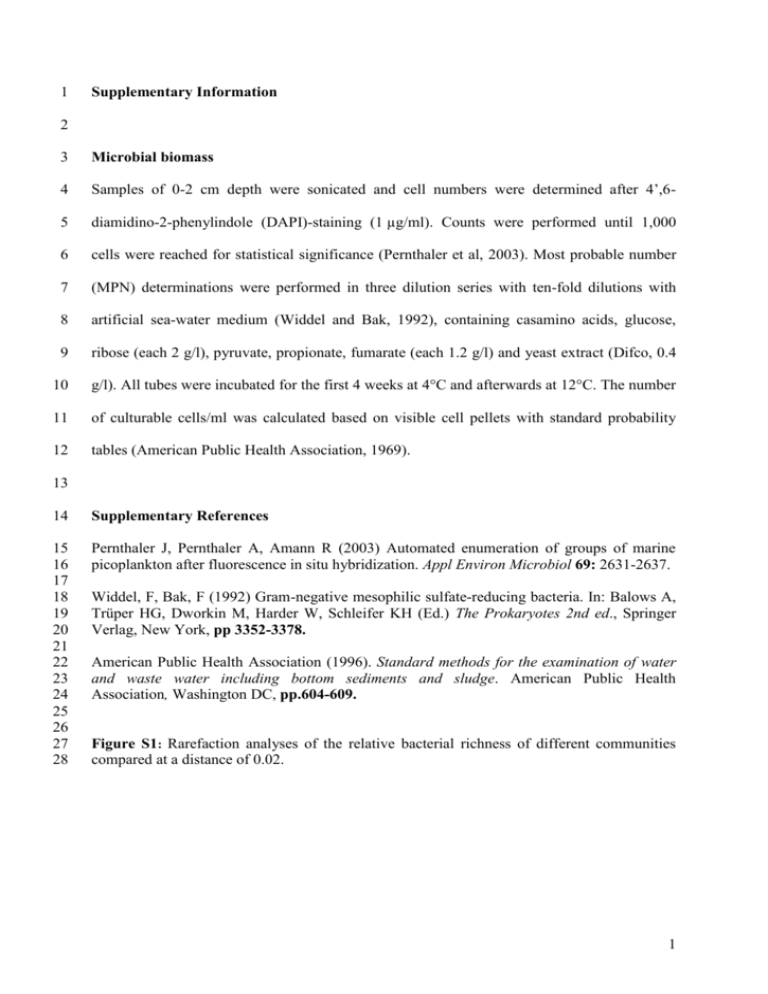
1 Supplementary Information 2 3 Microbial biomass 4 Samples of 0-2 cm depth were sonicated and cell numbers were determined after 4’,6- 5 diamidino-2-phenylindole (DAPI)-staining (1 µg/ml). Counts were performed until 1,000 6 cells were reached for statistical significance (Pernthaler et al, 2003). Most probable number 7 (MPN) determinations were performed in three dilution series with ten-fold dilutions with 8 artificial sea-water medium (Widdel and Bak, 1992), containing casamino acids, glucose, 9 ribose (each 2 g/l), pyruvate, propionate, fumarate (each 1.2 g/l) and yeast extract (Difco, 0.4 10 g/l). All tubes were incubated for the first 4 weeks at 4°C and afterwards at 12°C. The number 11 of culturable cells/ml was calculated based on visible cell pellets with standard probability 12 tables (American Public Health Association, 1969). 13 14 Supplementary References 15 16 17 18 19 20 21 22 23 24 25 26 27 28 Pernthaler J, Pernthaler A, Amann R (2003) Automated enumeration of groups of marine picoplankton after fluorescence in situ hybridization. Appl Environ Microbiol 69: 2631-2637. Widdel, F, Bak, F (1992) Gram-negative mesophilic sulfate-reducing bacteria. In: Balows A, Trüper HG, Dworkin M, Harder W, Schleifer KH (Ed.) The Prokaryotes 2nd ed., Springer Verlag, New York, pp 3352-3378. American Public Health Association (1996). Standard methods for the examination of water and waste water including bottom sediments and sludge. American Public Health Association, Washington DC, pp.604-609. Figure S1: Rarefaction analyses of the relative bacterial richness of different communities compared at a distance of 0.02. 1
